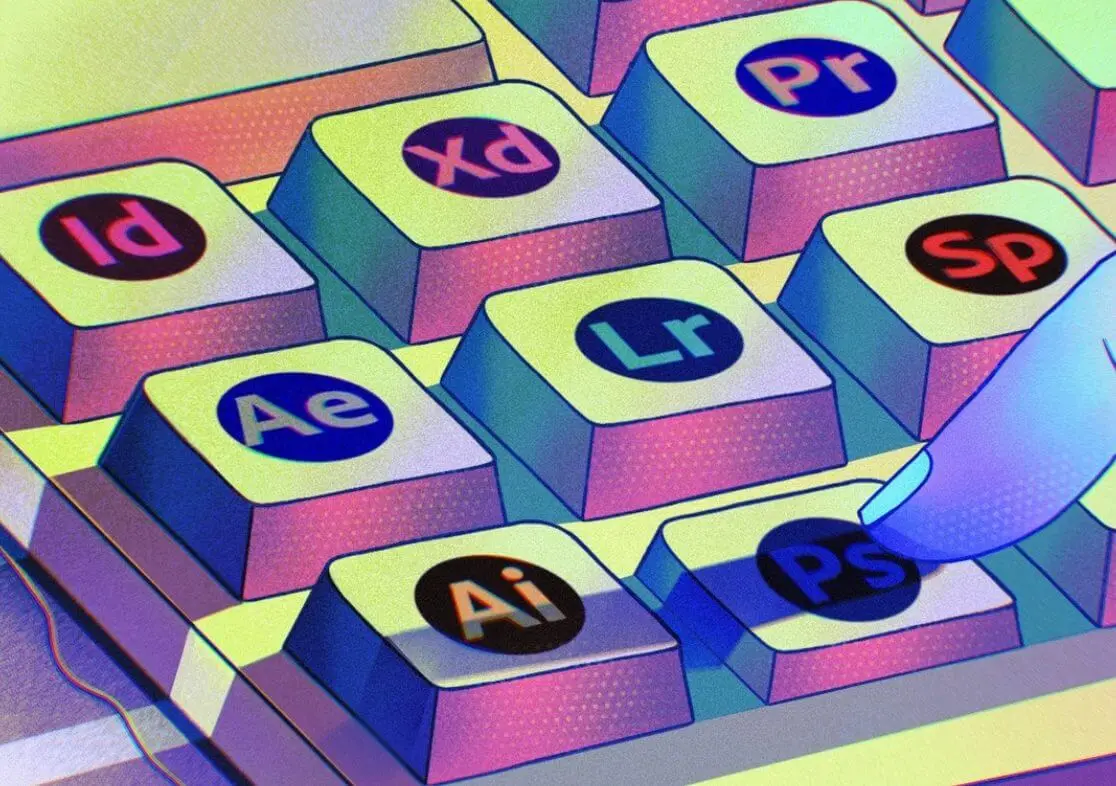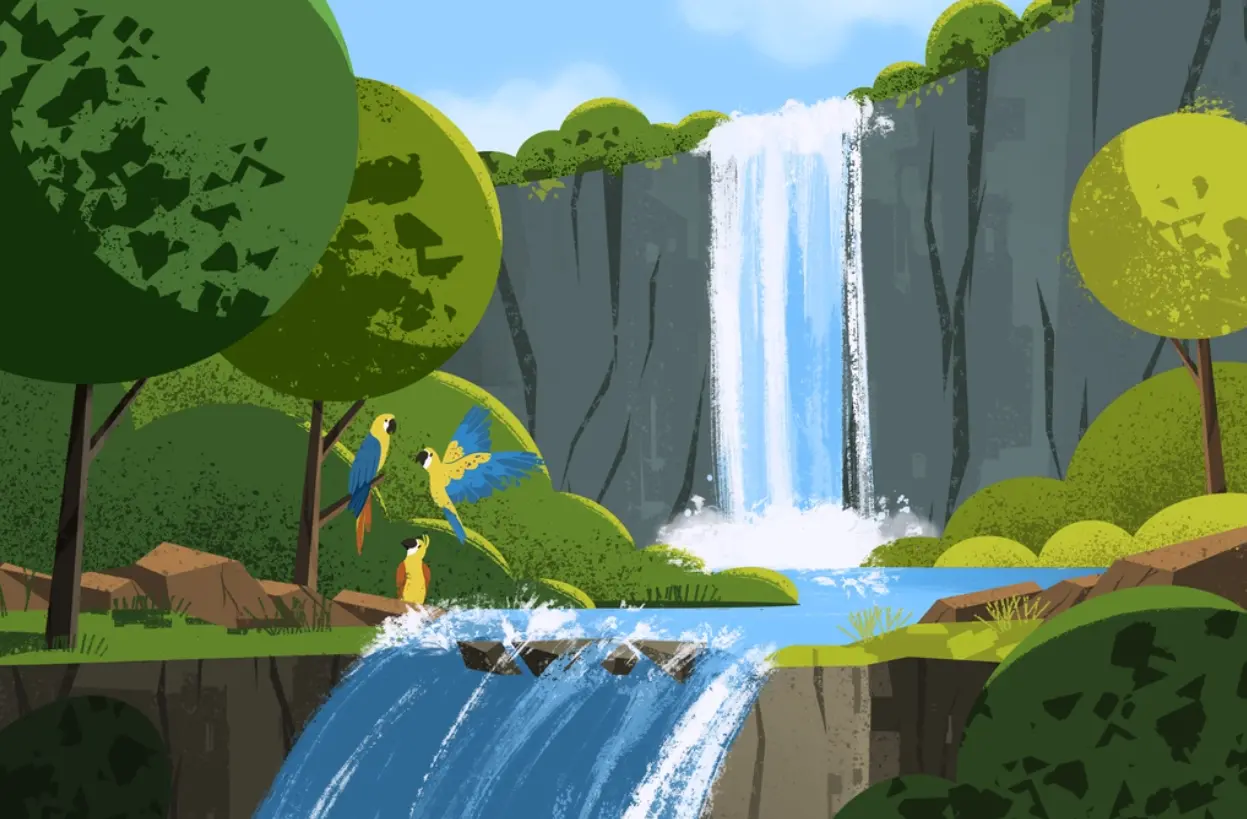2D Animated Videos vs. 3D Animated Videos: What’s The Difference?
Would you like to produce an animated explainer video but don’t know what animation technique to choose? In this article, we’re discussing the two most popular of them, 2D and 3D animation.

If you plan to create an animated explainer video, you must be aware of different animation types and styles. When reaching out to an animated company, the first question you may be asked is what kind of animation would you like to see in the future video, 2D or 3D? These are two primary animation techniques that will define the flow of the video creation process. In this article, we provide a detailed overview of each style, including its benefits, downsides and price comparison. Read on to learn more about all this!
What is 2D animation?
2D animation is one of the most traditional animation styles. Almost all animated television shows are made in a 2D environment. Modern 2D animated videos can be hand-drawn or computer-created. However, in both cases, the creation process is happening in the 2-dimensional environment, whether it’s a paper or computer program.
2D animation usually looks like a flat image in which characters and objects imitate movement. It’s measured by height and width, and the effect of depth is only created with the help of perspective and sometimes flat shades. All the objects move in a flat dimension in 2D animated videos. 2D animation commonly focuses on storyboards, backgrounds and characters. Although the 2D animated video production process seems significantly more straightforward, it still requires many technical skills and creativity to make the end-product look top-notch. 2D animators create frames to define a sequence of images.
The cost of 2D animation production is usually considerably lower. This type of animation is popular in television movies, cartoons, video games and TV advertisements. It is also frequently used in various business sectors, including healthcare, financial services, aerospace, engineering, technology, etc. 2D animation is commonly created in the following software programs: Adobe After Effects, Adobe Animate, Motion, Toon Boom, Adobe Flash Professional, and Anime Studio. The most famous 2D animation examples are Daffy Duck, Bugs Bunny, the little mermaid, and Snow White.
Read our blog post for a more detailed answer to the question “What is 2D animation?”.
What is 3D animation?
3D animation is created in 3-dimensional space. It means that it can be measured by height, width, and depth. It looks much more realistic, and the 3D animation process is significantly more complicated. The most significant upside of 3D animation is the opportunity to create a hyper-realistic environment, lifelike objects, and manipulate characters in three dimensions. 3D animated videos are visually richer, and it’s a kind of animation technique we used to see in modern-day cartoons.
How to make animation 3D? This kind of animation is usually crafted using software programs like Ds Max, Cinema 4D, Autodesk Maya, ZBrush, Houdini, and Blender. So, it’s often accompanied by the term computer-generated imagery (CGI). In 3D animation, you can move the light and camera just like in a real-life filmmaking process. The most outstanding 3D animation examples are the movies Frozen, Toy Story, Despicable Me, Madagascar, and Shrek.
What’s better: 2D or 3D animation?
Actually, there is no single answer to this question. It all depends on the animator’s expertise, professionalism, and creativity. Both styles are great for explainer videos, advertising, and educational content. While 3D animation offers many benefits over 2D animation, it’s more expensive to produce. 3D animation requires many more interactions and involvements. Also, it takes much more production time. However, the result is usually impressive since the 3D animated video looks more realistic. You should keep in mind that you can also combine both styles and create a hybrid animation where 2D and 3D imagery complement each other.
Conclusion
The animated video production process is complicated and usually takes many steps, including scriptwriting, storyboarding, illustration, animation, voiceover, and sound design. There are two primary animation styles, 2D animation, and 3D animation. In this article, we have considered both of them in detail. If you’re looking for a reliable 2D or 3D animation production company, look no further. Connect to our consultant at Explain Ninja, and get a free consultation! We are always happy to help you make your dreams come true.


